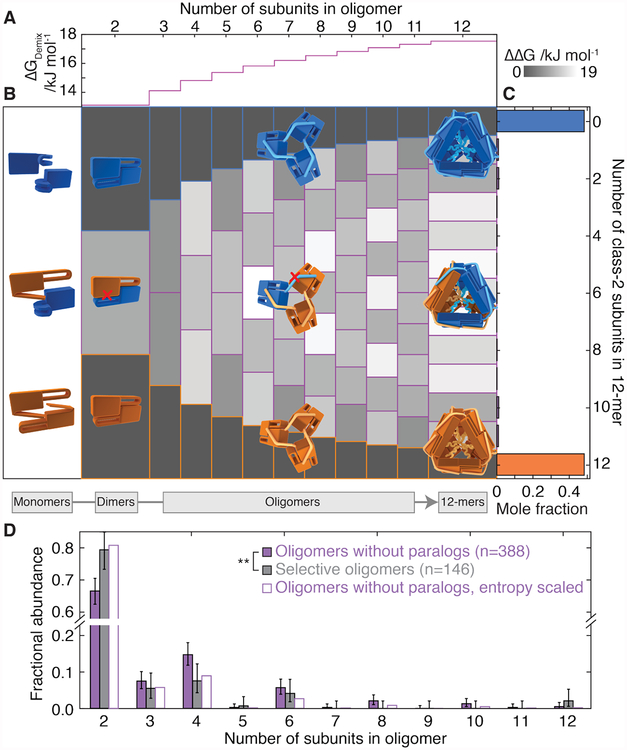Figure 4. Selective interfaces overcome unfavourable entropy of homomerization.
A) Selective homomerization is entropically unfavourable and requires an energetic penalty upon forming heteromeric contacts to suppress heteromerization. Shown is the theoretical magnitude of this penalty per subunit (ΔGDemix) required to populate heteromers at only 2% of all oligomers. It increases logarithmically with the size of the oligomer, making it more challenging for larger oligomers to be selective.
B) Empirically derived stabilities of all possible heteromers along the assembly pathway compared to homomers of the same size (ΔΔG = ΔGheteromer-ΔGhomomer). The upper and lower tiles of each column correspond to homomers of WT-1 and WT-2, respectively. Those in between represent heteromers, with increasing numbers of WT-2 subunits (downwards). The ΔΔG values are positive for all heteromers, meaning that energetic penalty to co-assembly we quantified in selective interactions is larger than the positive entropy of heteromerization.
C) The equilibrium population of homo- and hetero-12-mers calculated based on the values in B results in mole fractions of hetero-12-mers just below detectable levels. >96% of subunits partition into homomers, compared to only 0.05% based on the binomial distribution of hetero-oligomers that would arise in the absence of selective interfaces.
D) The oligomeric stoichiometries populated by selective oligomeric paralogs (grey fill) are smaller with a particular excess of dimers than for a control set of oligomers that have no paralogs (purple). ** p<0.005, Mann-Whitney rank sums test. Error bars represent 90% Clopper-Person confidence interval, n denotes sample size. Applying a scaling according to ΔGDemix to the control set reproduces closely the observed selective distribution (purple outline, p=0.0005, Akaike information criterion).

